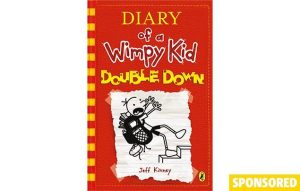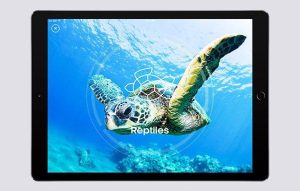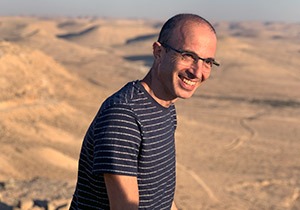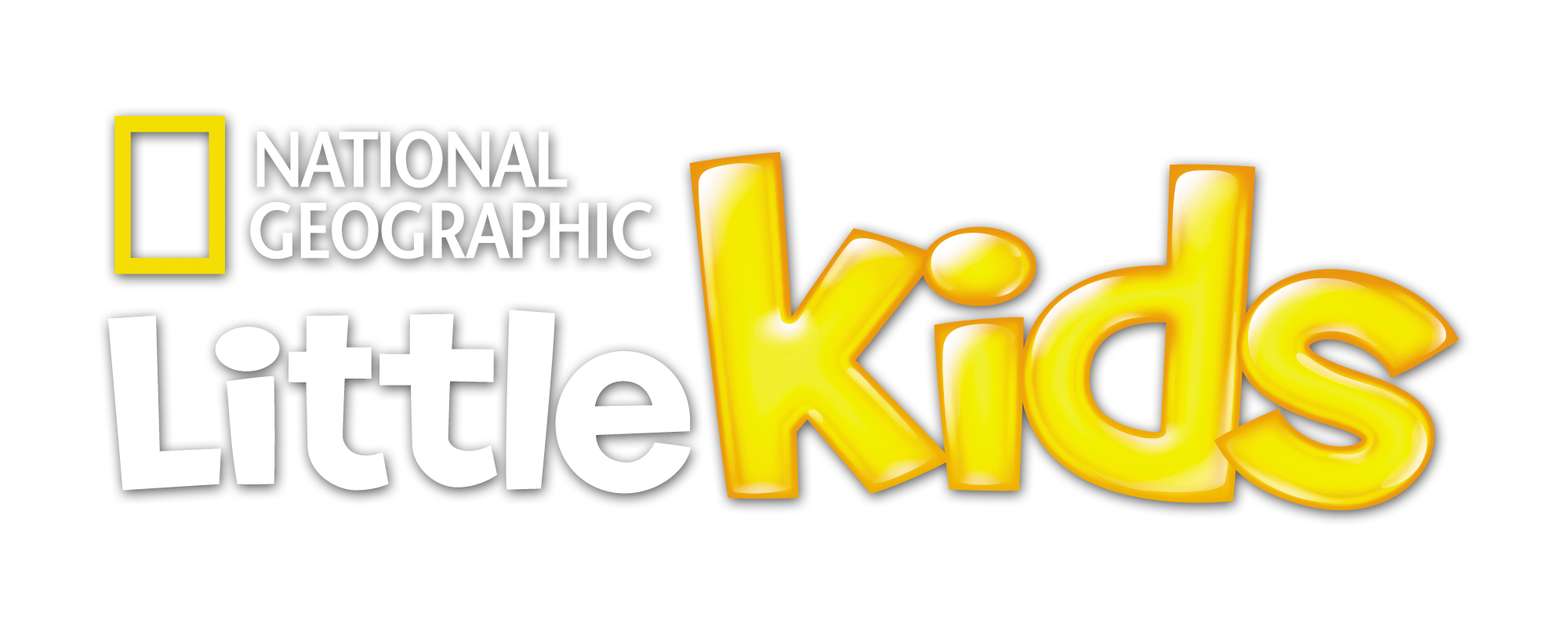
Climate change: primary resource
Learn about global warming and what is being done to reduce its impact
This primary resource helps children to think about the impact of human activity on the Earth, and how this can lead to climate change. Discover what can be done to reduce the amount of carbon dioxide released into the air, which is warming up our world. What is global warming? Why are ‘clean’ energy resources special? What is the advantage of using wind farms to generate power?
Pupils will learn about the Department of Energy and Climate Change and its pledge to reduce carbon emissions by 2050 in our National Geographic Kids’ climate primary resource sheet.
The teaching resource can be used in study group tasks for learning about and comparing the impacts of different types of energy, as a printed handout for each pupil to review and annotate, or for display on the interactive whiteboard using the images included in the resource for class discussion.
Activity: Ask children to copy the ‘What is global warming’ diagram into their own workbooks and label it using the information provided. Pupils could make a poster to warn about the impacts of global warming, or how it can be reduced. Extend more able pupils by asking them to write a report on global warming, explaining what it is, and what can be done to reduce its effects. Alternatively, they could imagine they have travelled through time to the year 2050, and describe how energy is produced and how different the environment may look.
N.B. The following information for mapping the resource documents to the school curriculum is specifically tailored to the English National Curriculum and Scottish Curriculum for Excellence. We are currently working to bring specifically tailored curriculum resource links for our other territories; including South Africa, Australia and New Zealand. If you have any queries about our upcoming curriculum resource links, please email: schools@ngkids.co.uk
This Geography primary resource assists with teaching the following Key Stage 2 Geography objectives from the National Curriculum:
Pupils should be taught to: describe and understand key aspects of:
- physical geography, including: climate zones, biomes and vegetation belts, rivers, mountains, volcanoes and earthquakes, and the water cycle
Also see National Curriculum Key Stage 2 Science (Year 4) objective:
- recognise that environments can change and that this can sometimes pose dangers to living things.
This Geography primary resource assists with teaching the following Social Studies First level objective from the Scottish Curriculum for Excellence:
- By exploring climate zones around the world, I can compare and describe how climate affects living things.
Scottish Curriculum for Excellence Second level Social Studies objective:
- By comparing my local area with a contrasting area outwith Britain, I can investigate the main features of weather and climate, discussing the impact on living things.
Scottish Curriculum for Excellence Third level Social Studies objective:
- I can investigate the relationship between climate and weather to be able to understand the causes of weather patterns within a selected climate zone.
Scottish Curriculum for Excellence Fourth level Social Studies objective:
- I can demonstrate an understanding of weather and climate by explaining the relationship between weather and air pressure.
Download primary resource
Note: This is a subscriber-only benefit. If you have an active subscription, please log into your online account to download the files.
More Like

Prepare for double the trouble in Diary of a Wimpy Kid

A lifetime of Attenborough’s documentaries

MEET
THE
OSMO
MONSTERS











LEAVE A COMMENT
THANK YOU
Your comment will be checked and approved shortly.
WELL DONE,
YOUR COMMENT
HAS BEEN ADDED!
COMMENTS1
CUSTOMIZE YOUR AVATAR